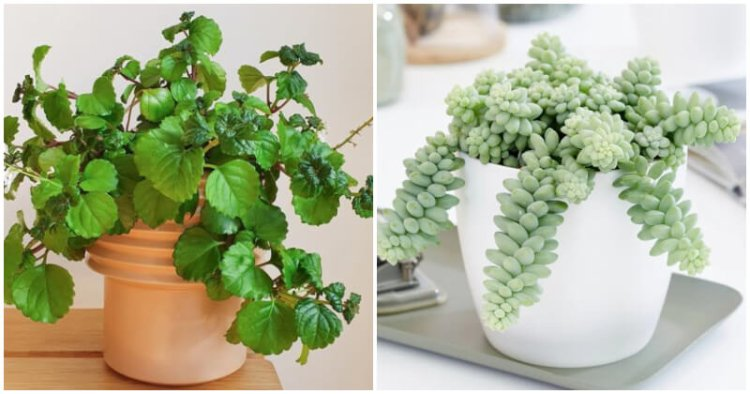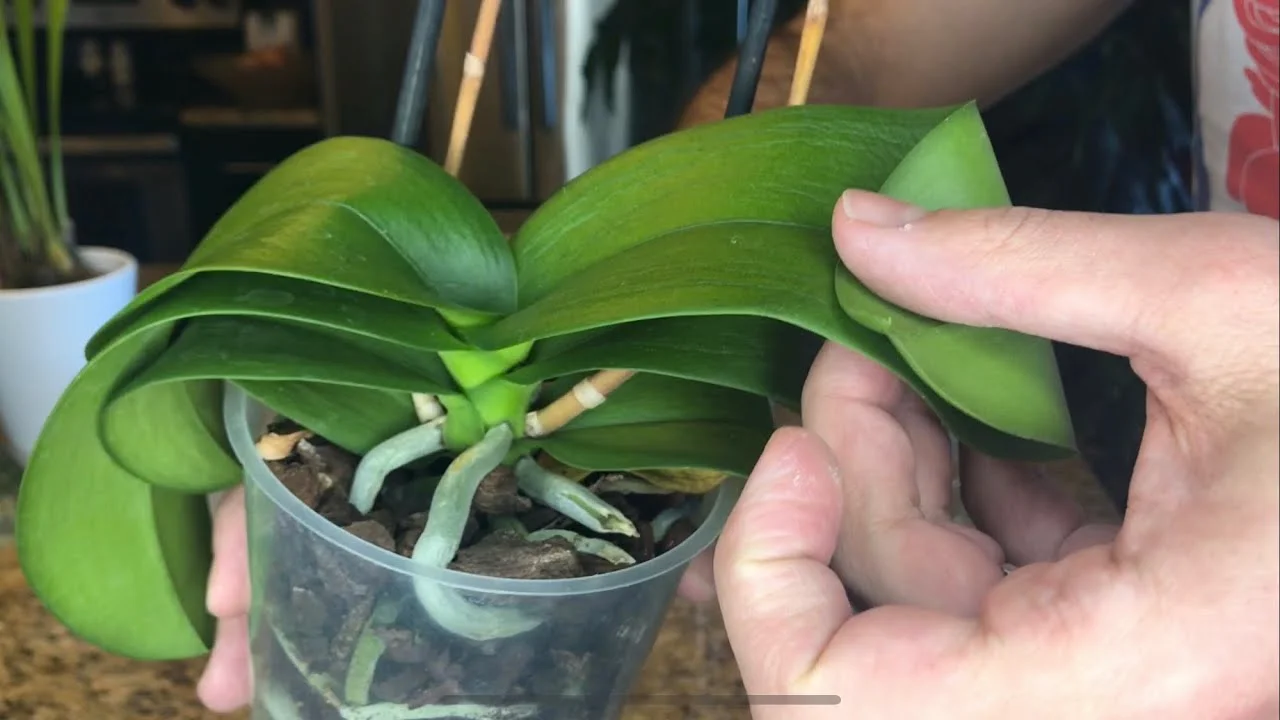
Introduction: Anise, with its licorice-like flavor and aromatic seeds, is a delightful addition to both culinary and medicinal gardens. Growing anise at home in containers allows even urban dwellers to enjoy the freshness and fragrance of this versatile herb. In this guide, we’ll take you through the steps to successfully cultivate anise from seed to spice right on your windowsill or balcony.
Choosing Containers: Select deep containers with drainage holes to accommodate the deep taproot of anise plants. Clay or terracotta pots are ideal for their breathability, but any suitable container will suffice.
Preparing Potting Mix: Use a well-draining potting mix enriched with compost or aged manure. Anise thrives in fertile, loamy soil, so ensure the potting mix is loose and nutrient-rich.
Sowing Anise Seeds: Sow anise seeds directly into the prepared containers at a depth of about 1/4 inch. Space seeds 6 to 8 inches apart to allow for proper growth and development.
Watering and Sunlight: Keep the soil consistently moist but not waterlogged, as anise prefers moderate moisture levels. Place containers in a sunny location with at least 6 to 8 hours of sunlight per day.
Thinning Seedlings: Once seedlings emerge, thin them to ensure proper spacing. Remove weaker seedlings, leaving the strongest ones to grow and mature.
Fertilizing: Fertilize anise plants with a balanced fertilizer every 4 to 6 weeks during the growing season. Avoid over-fertilizing, as it can lead to excessive foliage growth at the expense of seed production.
Pruning and Maintenance: Prune anise plants occasionally to remove dead or yellowing foliage and encourage bushier growth. Mulch around the base of plants to retain moisture and suppress weeds.
Harvesting Anise Seeds: Harvest anise seeds when the seed heads turn brown and begin to dry out. Cut the seed heads from the plant and hang them upside down in a warm, well-ventilated area to finish drying.
Storing Anise Seeds: Once fully dry, remove seeds from the seed heads and store them in an airtight container in a cool, dark place. Properly stored anise seeds can last for up to two years.
Conclusion: By following these steps, you can successfully grow anise at home in containers and enjoy the fresh, aromatic seeds for culinary and medicinal purposes. With minimal space requirements and easy care, cultivating anise adds a delightful touch to any home garden, providing both flavor and fragrance to your favorite dishes and herbal remedies.


